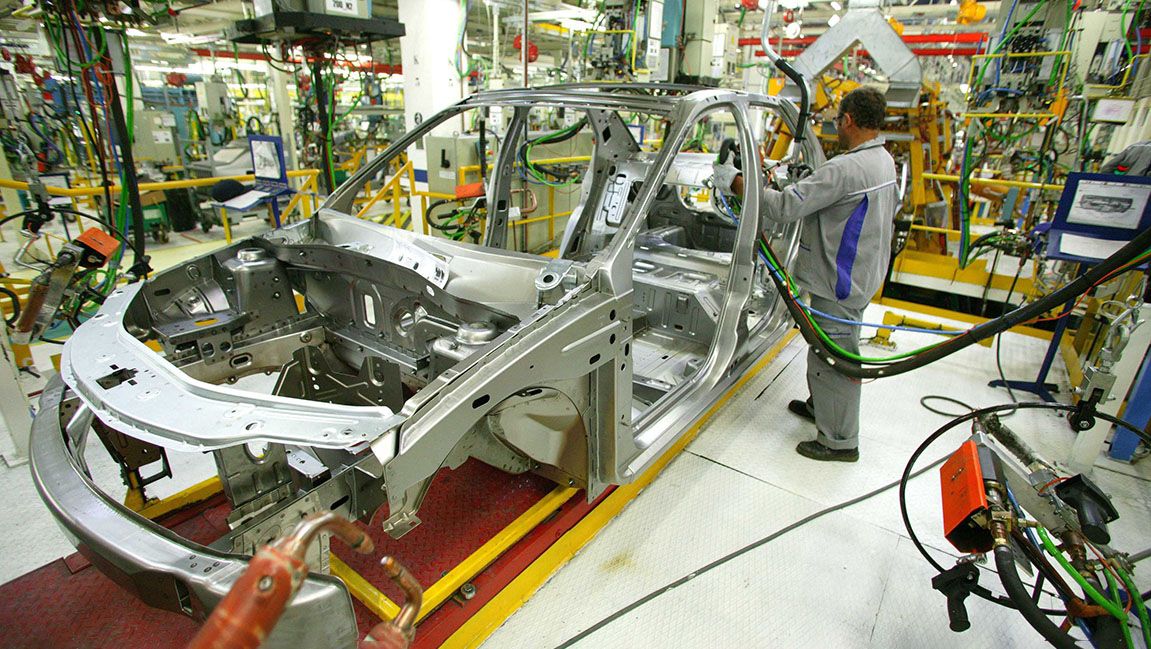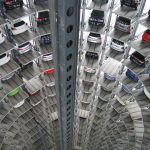The Council adopted yesterday its position (‘general approach’) on the proposed regulation for the type-approval of motor vehicles and engines, and of systems, components and separate technical units intended for such vehicles, with respect to their emissions and battery durability, better known as Euro 7.

The new regulation, which for the first time covers cars, vans and heavy-duty vehicles in a single legal act, aims to set more adequate rules for vehicle emissions and to further lower air pollutant emissions from road transport.
Europe is known across the globe for producing low-emission and top-quality cars. We want to continue pursuing the goal of improving air quality. Our position is to continue the path of leading the mobility of the future and adopting realistic emissions levels for the vehicles of the next decade while helping our industry make the definitive leap towards clean cars in 2035. The Spanish presidency has been sensitive to the different demands and requests of the member states and we believe that, with this proposal, we achieved broad support, a balance in the investment costs of the manufacturing brands and we improve the environmental benefits derived from the regulation. – Héctor Gómez Hernández, acting minister for industry, trade and tourism
The Council position strikes a balance between stringent requirements for vehicle emissions and additional investments for the industry, at a moment when European car manufacturers are undergoing a transformation towards the production of zero-emission cars. The general approach keeps the existing emission limits and test conditions for light-duty vehicles. In the case of heavy-duty vehicles, emission limits are lower and test conditions slightly adjusted. Euro 7 also contains a special provision on urban buses to ensure coherence with the newly proposed 2030 zero-emissions target for these vehicles.
New elements covered by Euro 7
Euro 7 sets limits for non-exhaust emissions such as particles from brakes and tyres. It additionally covers minimum performance requirements for battery durability in electric cars, and imposes stricter vehicle lifetime requirements. The regulation also provides for the use of advanced technologies and emission-monitoring tools.
Council’s mandate
The Council suggests a number of pragmatic changes to the Commission proposal while also keeping in mind environmental and health objectives. Among other things:
- the Council position keeps existing test conditions and emissions limits (as established in Euro 6) for M1 and N1 vehicles (private passenger cars and vans)
- in the case of M2 and M3 vehicles (buses and coaches), and N2 and N3 vehicles (heavy commercial vehicles), emission limits are lower and test conditions slightly adjusted, in comparison with Euro 6/VI
- the Council text strengthens the alignment of brake particle emission limits and tyre abrasion rate limits with international standards adopted by the United Nations Economic Commission for Europe
- it takes into account the newly proposed 2030 zero-CO2 emissions target for urban buses
- it also sets clear deadlines for the adoption of implementing acts (by the Commission) in order to provide economic operators with clarity and legal certainty

70% of jet fuels at EU airports will have to be green by 2050
|
Next steps
The general approach agreed formalises the Council’s negotiating position. It provides the Council presidency with a mandate for negotiations with the European Parliament, which will start as soon as the Parliament adopts its position.
Background
On 27 October 2022, the Council and the European Parliament reached a provisional political agreement on stricter CO2 emission performance standards for new cars and vans, which established a 100% CO2 emission reduction target for both new cars and vans by 2035. While the industry is preparing for this change, combustion cars and vans will remain available on the market until 2035. Other internal combustion vehicles (trucks, buses and other heavy-duty vehicles) will continue to be produced after that date.
The Euro 7 proposal seeks more adequate rules for emissions, but also for other polluting elements, while addressing other issues such as tyre abrasion and battery life. It was presented by the Commission on 10 November 2022 and brings together in a single legal act the emission objectives for light- and heavy-duty motor vehicles that until now were separated into two different regulations: Regulation (EC) No 715/2007 for cars and vans, and Regulation (EC) No 595/2009 for buses, trucks and other heavy-duty vehicles. The Euro 7 regulation is part of the Commission’s 2020 Sustainable and Smart Mobility Strategy and the 2021 Zero-Pollution Action Plan.
Source: Press release – European Council






Leave a Reply